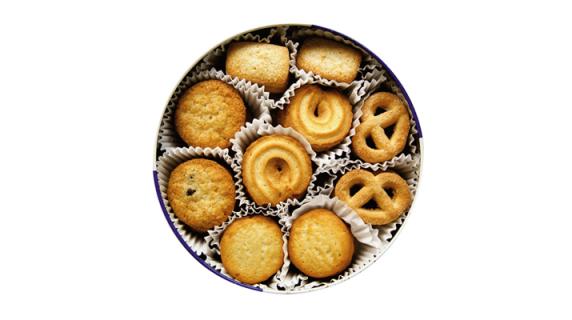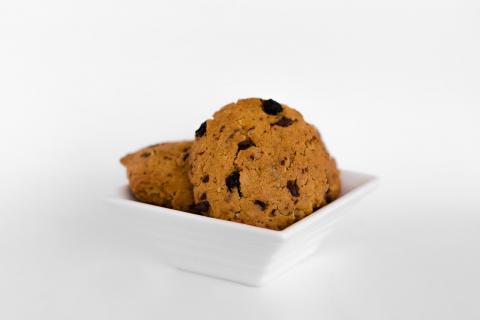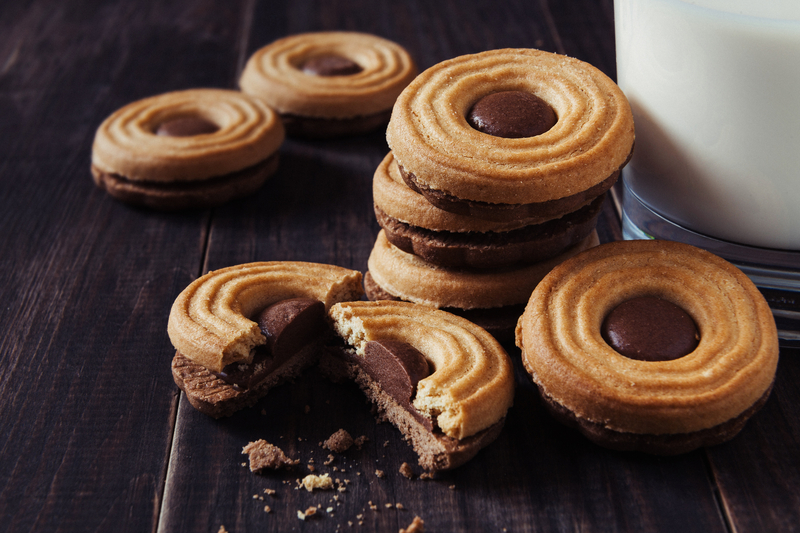Choco Chips and Cookies
Dear All,
The addition of Chocolate flavoured chips is always a great way to get a chocolatey bite in the cookies. Most of us are aware that these are compound based.
SIZE & COUNT MATTERS: The larger the chip higher is the IMPRESSION of a real chocolatey feel (the eyesight connects instantly and frames the mental impression) but the issue is that of softening and spreading during baking. For a process where chips are added to the dough:
Q1: What is the most optimum count for the chips as "Count per 100 g"
Q2: Has real chocolate as well been tried for a quick meltdown in the mouth?
Q3: For a very premium cookie, if one does want to use REAL CHOCOLATE CHIPS, any thoughts?


A short piece about Saint Nicholas' inspiring life, as well as biscuits made for the special day.

If you like to travel and also like to eat cookies this article is your meant to be! Enjoy reading about the most famous cookies around the world.

Halloween trends for this year are spooky good: including biscuit brands that offer BOO Oreos, Reese's Pumpkin special stories and more – sit back, ti...

Danish Butter Cookies comprise five cookies, including deposited and rotary moulded cookies.

How to make chocolate chip cookies? Process for chocolate chip cookies – short cookies with inclusions of chocolate chips or nuts.











The score is based on the number of created courses at BPA (150 points per course), the number of the lectures given at BPC (100 points per lecture), published articles (20 points for every approved article in Our Experts category ), number of resolved questions (10 points for every resolved question) and the number of asked questions (5 points for every asked question). The list is showing only top 10 biscuit industry experts.



